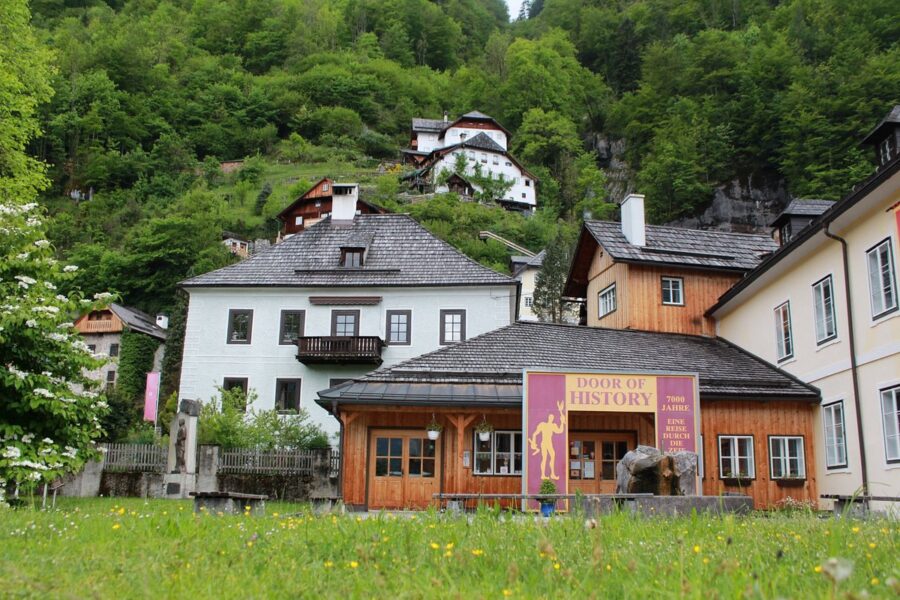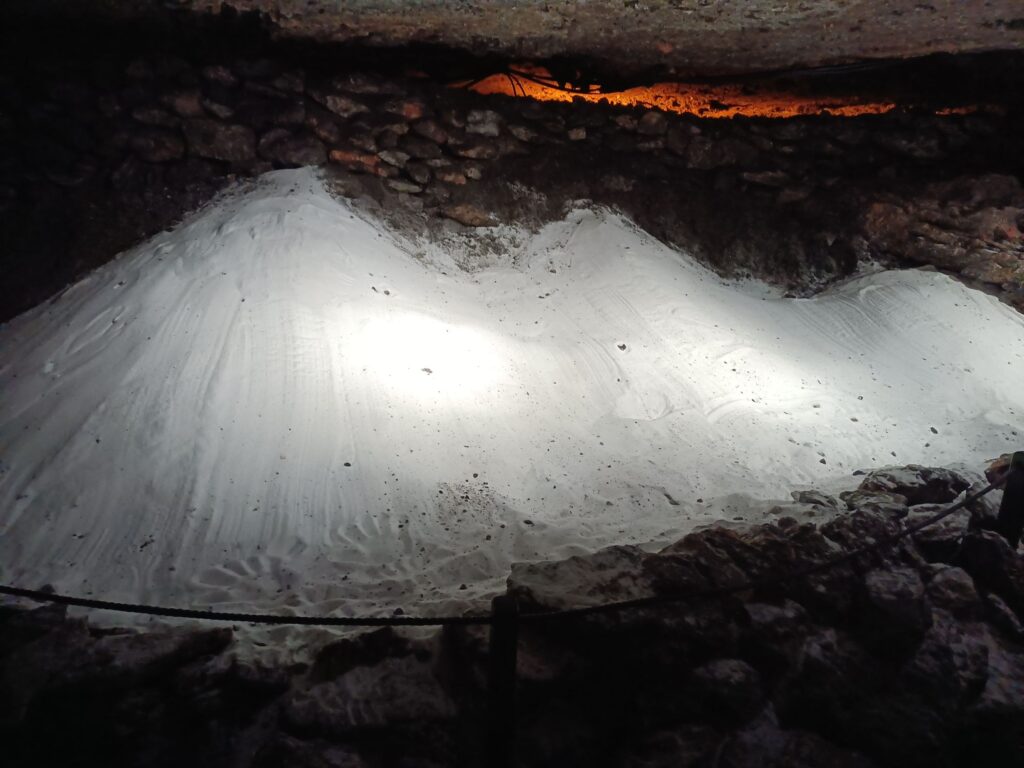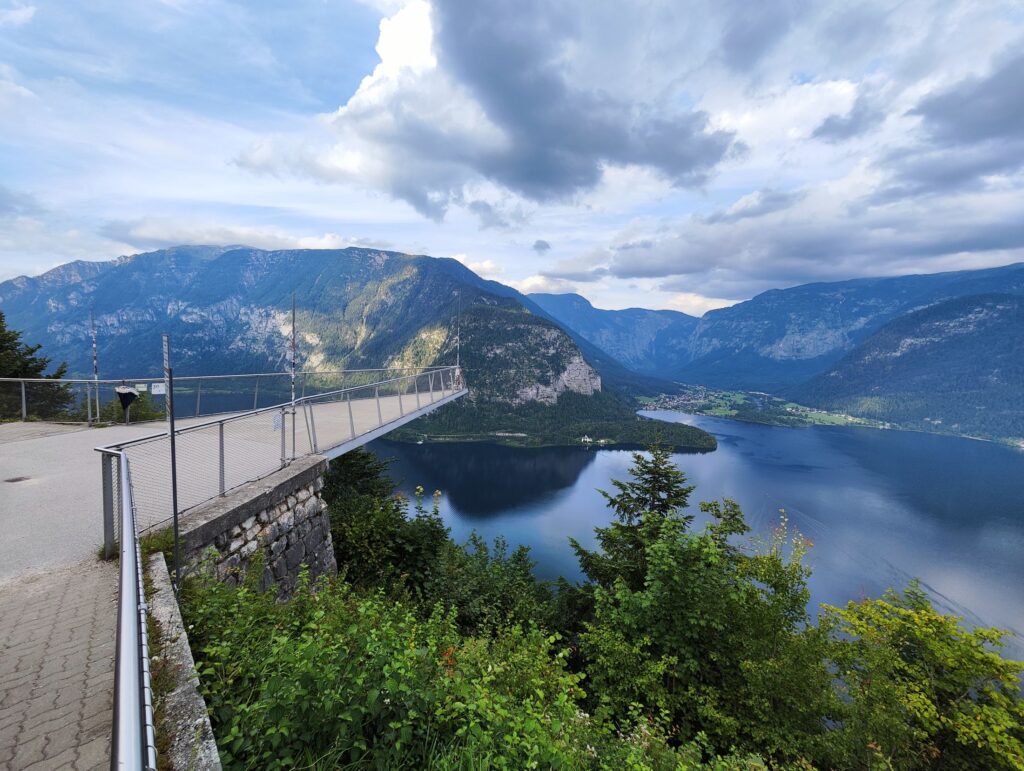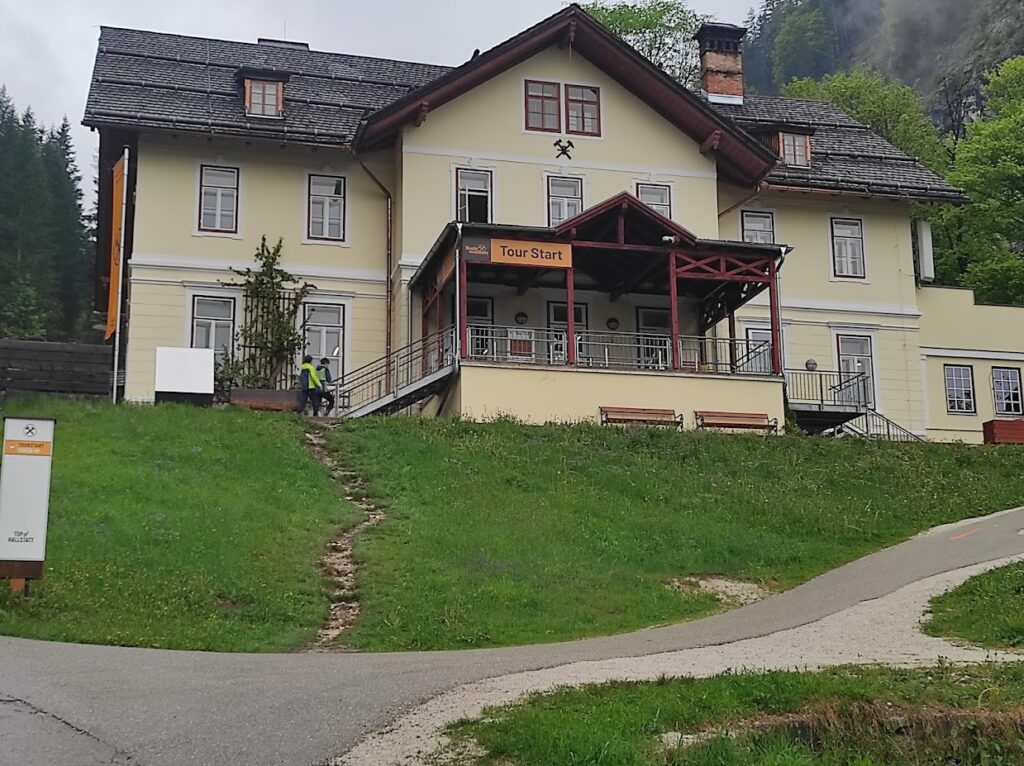Hallstatt History – From Prehistoric Times to UNESCO Heritage

Discover the fascinating history of Hallstatt, Austria — from ancient salt mines and Celtic culture to its status as a UNESCO World Heritage Site. Explore Hallstatt’s historical timeline, archaeological finds, and cultural legacy.
The Origins of Hallstatt – Prehistoric Salt Mining
When Was Hallstatt First Settled?
Hallstatt’s history begins over 7,000 years ago, making it one of the oldest still-inhabited places in Europe. Archaeological evidence shows that people lived in the area as early as the Neolithic period.
Why did early humans settle here? Geography played a key role. Surrounded by steep mountains and a pristine alpine lake, Hallstatt offered fresh water, food sources, and natural protection. But most importantly, the region was rich in salt — often called “white gold” in ancient times.
Salt was essential for preserving food and trading with other regions. Early settlers quickly realized its value, laying the foundation for Hallstatt’s long-standing prosperity.
The Hallstatt Salt Mines
The heart of Hallstatt’s early development lies underground — in its salt mines. The Hallstatt Salt Mine is considered the oldest known salt mine in the world, with mining activity dating back to at least 7,000 BC.

Excavations have revealed remarkable tools and artifacts used by prehistoric miners. These include wooden picks, leather sacks, and even preserved remnants of ancient food and clothing. The salt’s dry environment helped preserve these items for thousands of years, offering archaeologists a rare window into the past.
As mining techniques evolved, so did the village. Salt became Hallstatt’s main economic driver. It was transported via steep paths and traded throughout Europe. This early salt trade turned the region into a hub of wealth and culture, shaping what we now call Hallstatt history.
The Hallstatt Culture – A Major European Civilization
What Is the Hallstatt Culture?
The term Hallstatt Culture refers to a significant prehistoric civilization that thrived in Central Europe from roughly 800 to 450 BC. It’s named after Hallstatt because of the many burial sites and artifacts discovered here in the 19th century.
This Iron Age culture was defined by its advanced metallurgy, trade, and burial practices. The people of Hallstatt buried their dead with fine weapons, ornaments, and pottery — revealing a society with complex social structures and rich traditions.
Hallstatt became a key center of this culture, influencing neighboring regions as far as France, Germany, and Eastern Europe. Today, “Hallstatt Culture” is studied worldwide as a major milestone in European archaeology.
Archaeological Discoveries in Hallstatt
The discovery of over 1,000 graves in a large cemetery above the village changed the way historians understand early Europe. Many of the items found — like bronze swords, decorative brooches, and intricately painted ceramics — show a high level of craftsmanship.
These items are now displayed at the Museum Hallstatt, where you can see the cultural legacy up close. If you’re fascinated by archaeology, this museum is a must-visit during your trip.
Influence on Central Europe
Thanks to its salt wealth, Hallstatt developed trade links across ancient Europe. Amber from the Baltics and goods from the Mediterranean have been found in local graves, proving that Hallstatt was part of a large and thriving trade network.
This cultural exchange helped spread Iron Age technology and art. That’s why Hallstatt history holds such an important place in European heritage — it connects prehistoric Austria with civilizations across the continent.
The Hallstatt Culture – A Major European Civilization in Central Europe
What Is the Hallstatt Culture and Its Role in European Iron Age History?
The term Hallstatt Culture refers to a key Iron Age civilization (800–450 BC) named after this Austrian village, famous for its rich archaeological finds and early European cultural development.
Archaeological Discoveries in Hallstatt: Ancient Graves and Artifacts
The excavation of the Hallstatt burial site revealed over 1,000 graves filled with weapons, pottery, and jewelry. These artifacts tell the story of ancient social structures and craftsmanship in prehistoric Hallstatt.
Hallstatt Culture’s Influence on Early European Trade and Society
Hallstatt’s salt wealth fostered extensive trade routes across Europe, linking it to distant regions. This cultural network helped spread Iron Age technology, art, and customs far beyond Austria.
Roman and Medieval Hallstatt – From Ancient Empire to Salt Trade Hub
Roman Era Hallstatt History: Integration into the Roman Empire
During the Roman period, Hallstatt was part of the vast empire’s frontier. The Romans valued the region’s salt resources and established trade routes connecting Hallstatt with other important Roman settlements.
Medieval Hallstatt History: Salt Mining Expansion and Christian Influence
In the Middle Ages, Hallstatt’s salt mining operations expanded significantly. The salt trade was the economic backbone of the Salzkammergut region. The village grew as religious institutions, including churches and monasteries, were built, marking the Christianization of Hallstatt.
Salt Trade and Economic Development in Medieval Hallstatt
The salt extracted in Hallstatt was transported and traded throughout Europe, making the town a prosperous medieval center. This period shaped much of the village’s architecture and cultural identity seen today.
Modern Hallstatt History – Archaeological Discoveries and UNESCO Recognition
19th-Century Hallstatt Discoveries – How Archaeology Shaped European History
Modern interest in Hallstatt history grew in the 19th century when Johann Georg Ramsauer, a local mine manager, uncovered an extensive prehistoric burial site while overseeing mining operations.
From 1846 to 1863, Ramsauer documented and carefully excavated over 980 graves, leading to the first formal definition of the “Hallstatt Culture.” His meticulous records — drawings, notes, and mapping — were groundbreaking and laid the foundation for modern archaeology in Europe.
These discoveries turned Hallstatt into a global point of reference for early Iron Age studies and highlighted Austria’s key role in shaping prehistoric European civilization.
Hallstatt as a UNESCO World Heritage Site – Why It Was Chosen
In 1997, Hallstatt and the surrounding Dachstein-Salzkammergut region were designated a UNESCO World Heritage Site. The village’s extraordinary combination of natural beauty, ancient salt mining, and cultural legacy earned it this prestigious recognition.
UNESCO praised Hallstatt for:
- Its continuous human activity spanning over 7,000 years
- The preserved prehistoric industrial landscape (salt mining)
- The cultural influence of the Hallstatt Culture across Europe
This status helped boost Hallstatt’s global reputation and promoted the preservation of historical sites like the salt mines, cemetery, and village architecture.
Hallstatt in the 20th and 21st Century – Tourism and Preservation
As tourism increased, so did efforts to protect Hallstatt’s historic charm. Restoration of traditional wooden houses, better museum exhibits, and infrastructure for visitors (like the Hallstatt Skywalk and Salzwelten tours) now make it easier for travelers to explore Hallstatt’s long and layered history.

Today, Hallstatt is not just a postcard-perfect destination. It’s a living museum — one where you can walk through over seven millennia of human history in just a few hours.
Where to Learn About Hallstatt History Today – Museums, Salt Mine & Historic Sites
If you’re visiting Hallstatt and want to connect with its deep historical roots, you’re in luck. The village offers several immersive ways to experience thousands of years of culture, archaeology, and salt mining up close.
Visit the Hallstatt Museum – Discover 7000 Years of History
The World Heritage Museum Hallstatt in the village center is the perfect place to start. It displays original artifacts from the Neolithic, Iron Age, Roman, and medieval periods. Exhibits include burial finds, salt mining tools, and interactive multimedia that brings Hallstatt’s history to life.
👉 Tip: Combine your visit to the museum with a walk through the historic Market Square, just a few minutes away.
Explore Salzwelten Hallstatt – The World’s Oldest Salt Mine

Take the Salzwelten Hallstatt tour for a deep dive — literally — into Hallstatt’s salt mining legacy. You’ll ride a miner’s train into the mountain, slide down wooden slides once used by miners, and see the oldest wooden staircase in Europe, preserved by salt for over 3,000 years.
Next to the mine is the Skywalk Hallstatt — a platform that offers stunning views over the village and lake, from the very place where salt miners once worked.
See Historic Sites – Churches, the Beinhaus & Traditional Architecture
Walk through Hallstatt’s Old Town and you’ll feel history all around you. Visit the Bone House (Beinhaus) next to the Catholic church, where painted skulls and bones reflect a centuries-old burial tradition.
Admire the 19th-century Evangelical Church on the lakefront and stroll along the lanes with traditional alpine houses built on steep slopes.
👉 Want to see more? Check out our full guide: What to Do in Hallstatt.
FAQs About Hallstatt History
What is the history of Hallstatt? 🏔️
Hallstatt’s history goes back over 7,000 years! It began as a small lakeside settlement and became a powerful salt mining hub. Today, it’s famous for its archaeological finds and role in early European culture.
Why Is Hallstatt So Famous Historically? ⭐
Because it gave its name to the Hallstatt Culture, a major part of European Iron Age history. Plus, it’s home to the oldest salt mine in the world, and a UNESCO World Heritage Site since 1997.
👉What makes Hallstatt UNESCO site
What Does ‘Hallstatt Culture’ Mean in Archaeology? 🏺
It refers to a prehistoric culture (800–450 BC) known for metalwork, art, and rich burial traditions. Hallstatt was the center of this culture, and artifacts found here helped define an entire era.
How old are the salt mines in Hallstatt? ⛏️
Over 7,000 years old! People have been mining salt here since the Bronze Age. The dry conditions preserved tools, stairs, and even food — a dream for archaeologists!
Hallstatt Celtic history? 🐉
Yes! The Celts lived in Hallstatt during the Iron Age. They used salt for trade and buried their dead with weapons, jewelry, and pottery — all found in the famous Hallstatt cemetery.
Final Thoughts – Why Hallstatt’s History Still Matters 🕰️
Hallstatt isn’t just a beautiful lakeside village — it’s a living story. From prehistoric salt mining to the rise of the Hallstatt Culture, every corner of this town connects us to Europe’s deep past.
Thanks to preservation efforts, museums, and cultural tourism, Hallstatt’s story continues. Visitors walk the same paths miners, traders, and Celtic tribes once did — making the experience both meaningful and unforgettable.
In the end, Hallstatt history reminds us how ancient roots can shape a modern world. And that’s exactly why it still matters. 💙
Learn more about history of Hallstatt
To dive deeper into the region’s past, start with a visit to the World Heritage Museum in Hallstatt. It offers an in-depth look at local archaeological finds and the village’s UNESCO recognition.
If you’re fascinated by ancient tools, burial finds, and the early Celtic culture, the Museums around Hallstatt Perfect places to explore Hallstatt’s archaeological history.
One of the most unique and slightly eerie reminders of local traditions is the Hallstatt Bone House (Beinhaus), where painted skulls tell the story of local families and their connection to limited burial space.
The heart of the village’s social and economic life for centuries, Hallstatt’s Market Square still reflects the charm of its long history through beautifully preserved buildings and a cozy Alpine atmosphere.
Hallstatt’s early development and wealth began with the Hallstatt Salt Mine — the world’s oldest — where miners started extracting “white gold” thousands of years ago, driving trade and prosperity throughout the region.